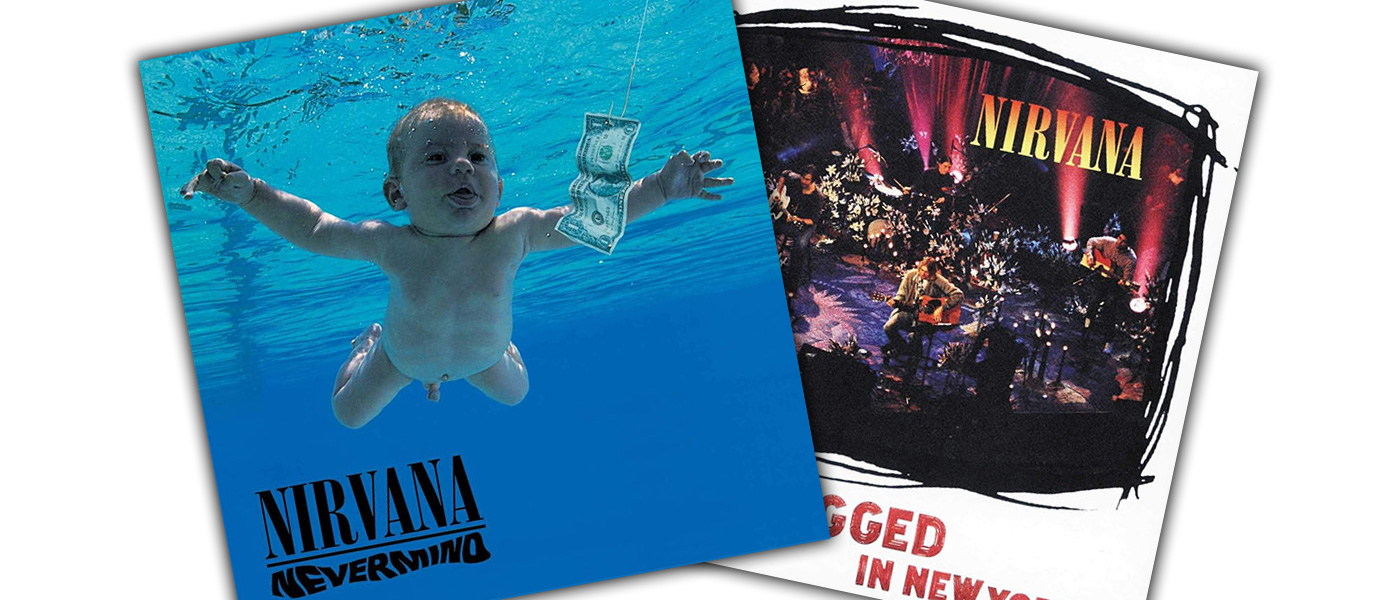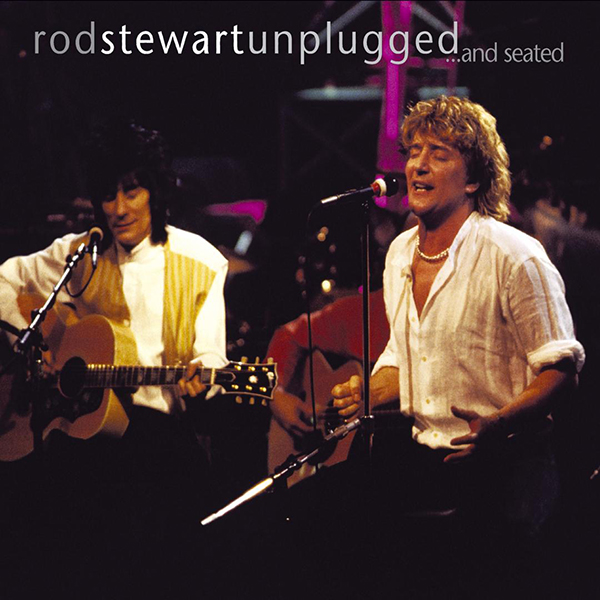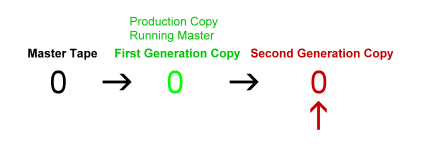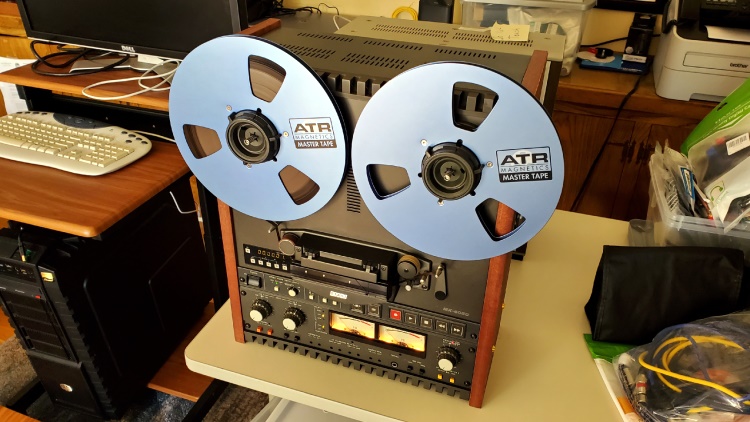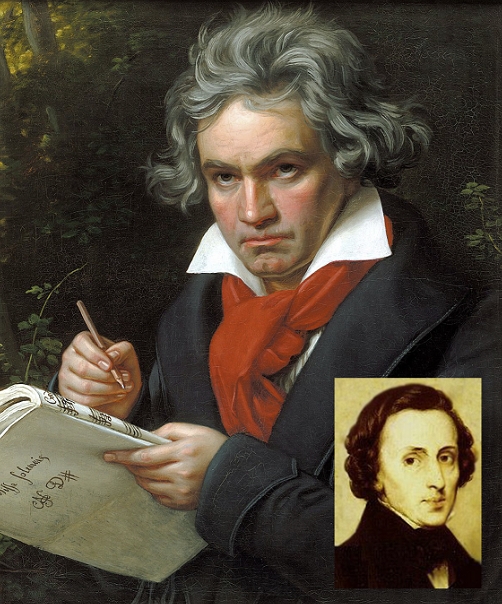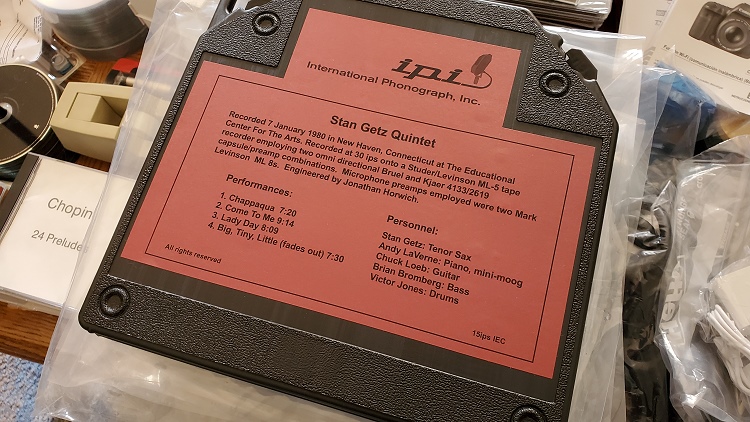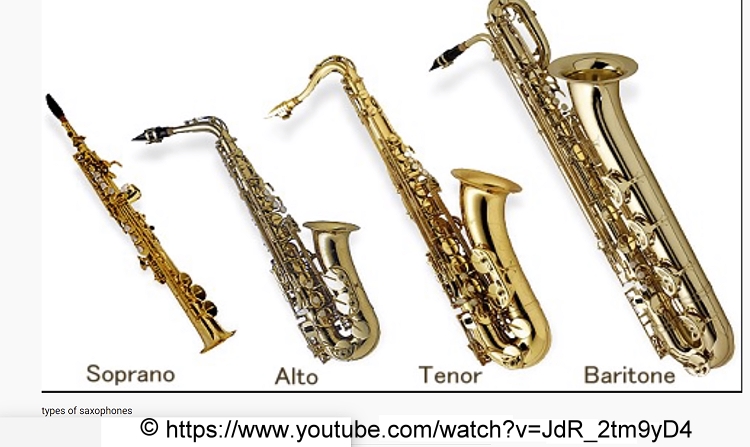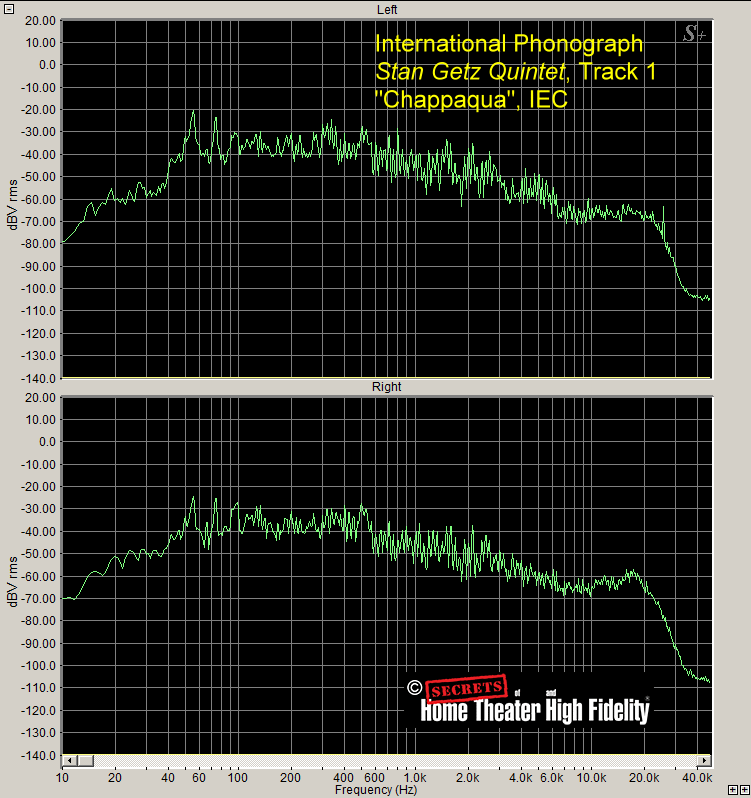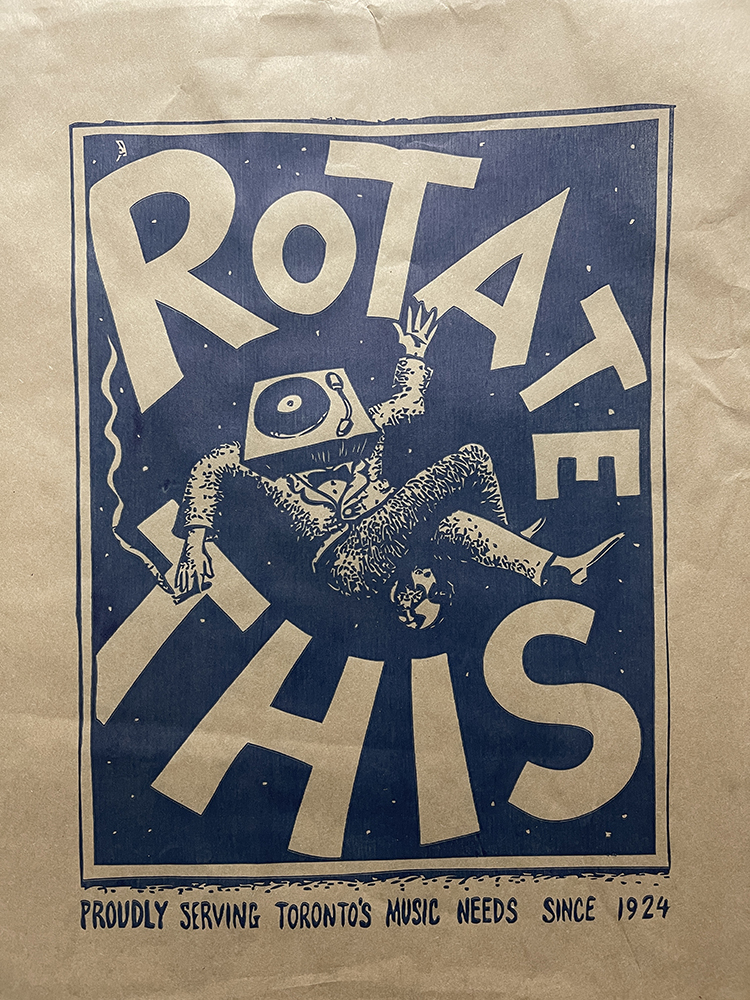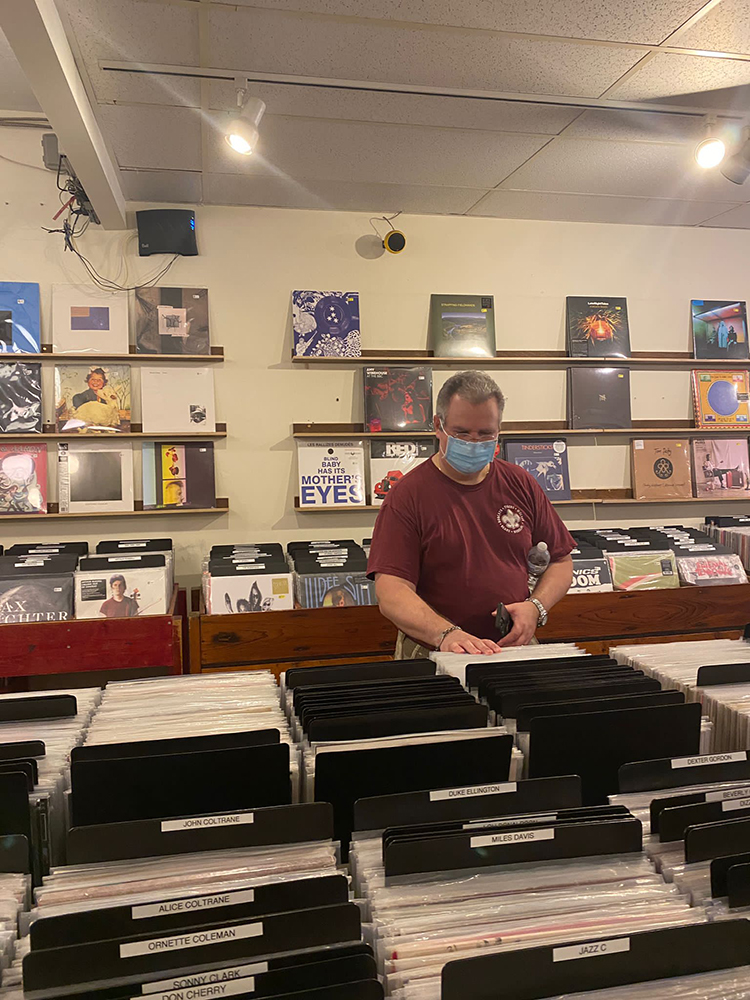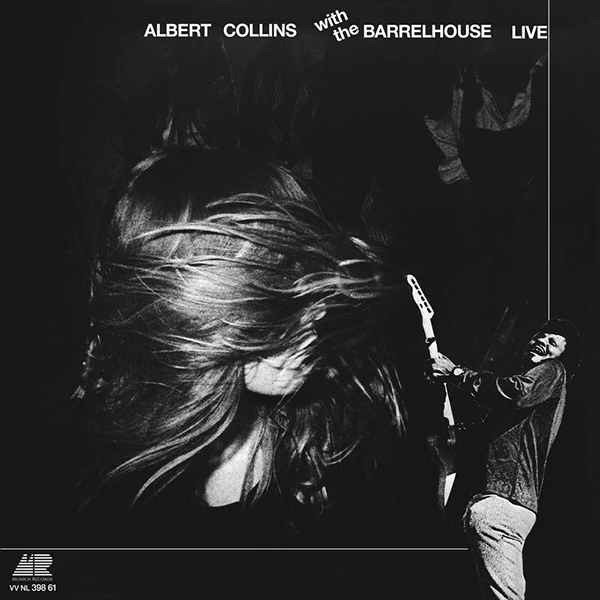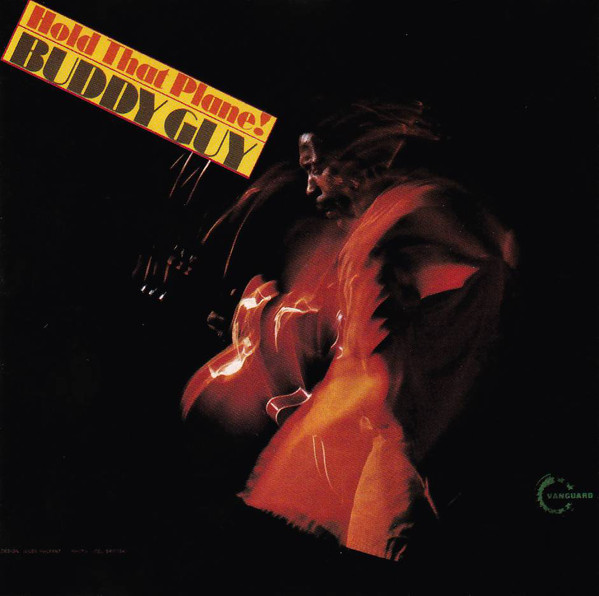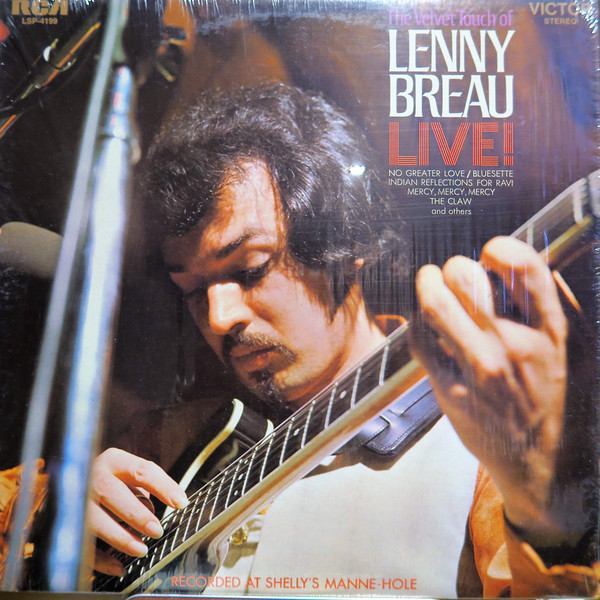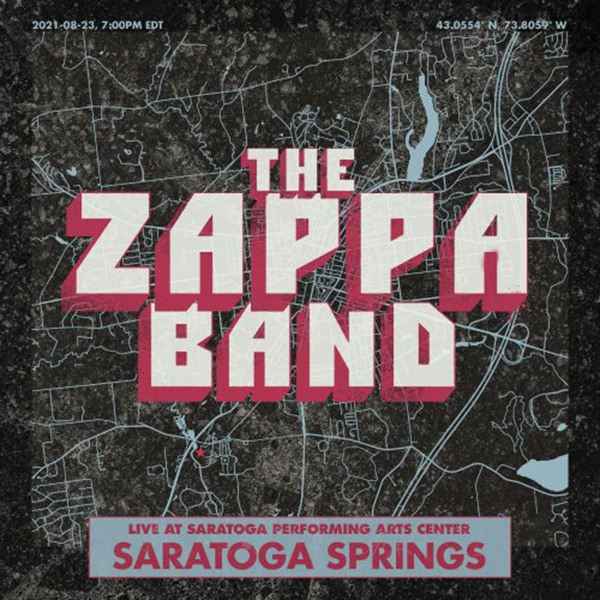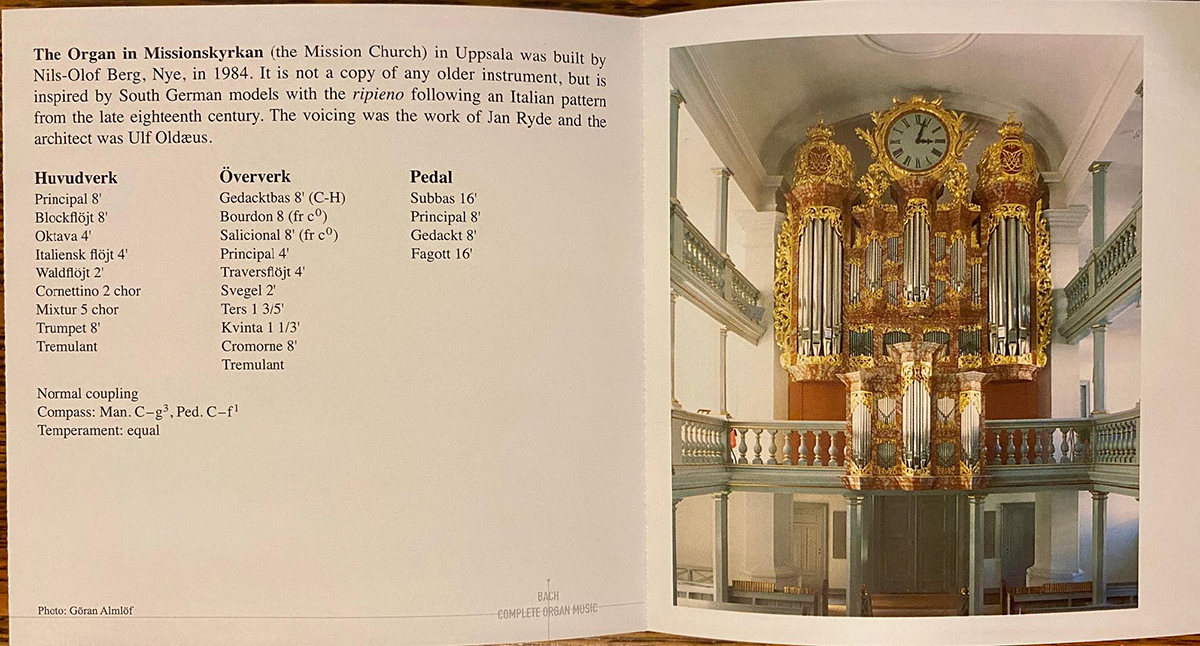Rod Stewart, Unplugged and Seated, Warner Bros., 1993, CD.
I officially became a teenager in 1973. It was the era of 8 track tapes, FM radio, and 45 RPM records. My earliest recollection of a Rod Stewart song was 1971’s “Maggie May.” The album was “Every Picture Tells a Story,” and Maggie took Rod from being a journeyman rocker with Jeff Beck and Faces to being a star on his own. I never purchased a Rod Stewart 45 nor album, but sure experienced him on FM radio. “Tonight’s the Night,” “The First Cut Is the Deepest,” and “Do Ya Think I’m Sexy” were all classics that I thought were just “Okay” back in those stone ages.
A few months ago, on a whim, I purchased “Unplugged and Seated,” and it has become a favorite. It’s a combination of nostalgia and now being old enough to appreciate the lyrics to songs like “Maggie May” and “Tonight’s the Night.” It is also so well recorded that one can hear how Rod’s voice aged in the 20 years from the studio albums. Ronnie Wood is a welcome addition, as is the orchestra playing with the band. This collection is highly recommended for any night you want to escape into a songwriter who was far more talented than this teenager ever knew.
Reel-to-Reel Tape-Recording Reviews Review # 2
UltraAnalogue Recordings: Beethoven Sonata No. 30, Chopin Polonaise No. 6 (“Heroic”)
15 IPS, NAB EQ, ¼” Half-track, Copy of the Production Copy (also called Copy of the Running Master, or Second-Generation Copy), 10.5” Reel, $325, Recorded in 2018
https://ultraanaloguerecordings.com/new/shop-all/
If you like classical piano, it does not get much better than this. Yun-Yang Lee is a fantastic musician, and he does proper justice to Beethoven and Chopin on this tape.
I listened using my Otari MX-5050B-III-2 deck that I purchased from Reel-to-Reel Heaven (https://reeltoreelrestoration.com/) and a pair of Sennheiser HD 660S headphones connected to the ¼” headphone jack on the deck (https://en-us.sennheiser.com/hd-660-s). It is important that if you plan to purchase an RTR tape deck to listen to pre-recorded music tapes, the deck should be capable of playing at 15 IPS (Inches-per-second). Typical consumer decks are limited to 7.5 IPS. They will play old tapes from the 1960s that were that speed. Modern music tapes are 15 IPS.
Did you know that Beethoven (1770-1727) became deaf and had to place his head on the piano when he was playing so that he could hear the notes by bone conduction? In the photo below, Beethoven is in the larger image, while Chopin is in the smaller one.
While Beethoven was a Classical Period composer (actually a transitional composer between the Classical Period and Romantic Period), Chopin (1810-1849) was from the Romantic Period. One can hear this in their music, and both composers are represented on this tape.
The recording is exemplary high quality, clear and dynamic, with no audible background hiss. Only two microphones were used for the recording, so the sound is very realistic. The frequency response of Track 1 is shown below. The response extends out to about 27 kHz.
Back in the day, tape had dynamic compression because it could not be magnetized with high reflux. That is not the case with modern tape, so new recordings have good dynamics.
Secrets Sponsor
The music here is thunderous in some places (sudden fff) with “Sonata No. 30” and with the “Chopin Polonaise”. The result is that as you might drift off to sleep, you will awaken with a start during the various Beethoven passages. He did compose something more peaceful, called the Pastoral (Symphony No. 6) after he became deaf. The Polonaise is a blast from start to finish, so no nap during this one.
I wish I had purchased an RTR tape deck a long time ago. The sound of tape is extraordinary. I know that those of you who only listen to digital recordings believe that the old analog ways were rife with distortion, compression, and other artifacts. Well, there may be a bit more distortion, but it is good distortion, i.e., even-ordered (2nd-ordered) harmonics. This adds body and substance to the sound, and enjoyment is the number one priority with listening to music.
Here is a frequency response (yellow line in graph) measurement after I had fiddled around with the bias and EQ to suit my tastes. It shows that the 2nd ordered harmonic predominates (blue line in graph).
On the other hand, the tape version of the music also has more background ambience, that is to say, fine detail, than digital, and I noticed this immediately when I began my tape music listening. Ambience includes background sounds like clothes rustling, breathing, moving in seat, etc., besides fine musical detail. I outlined differences between analog tape and digital recordings in my first RTR music tape review last month (https://hometheaterhifi.com/features/what-we-are-listening-to/what-were-listening-to-vol-20-august-2021/)
Chopin’s “Polonaise No. 6” (“Heroic”) will be recognizable by all who hear it because it is so famous. He wrote it in homage to his birthplace in Poland. It is a very difficult piece to play, and Yun-Yang Lee is quite capable. One more note about tape: while vinyl has slightly better sound at the beginning due to the higher linear velocity at the outer portion of the LP, the velocity changes when you get to the inner grooves thus negatively affecting sound quality. Tape does not suffer this problem.
As far as the NAB vs. IEC (also called CCIR) EQ that is applied during recording and playback, there are several variations of IEC. Here are NAB and IEC EQ playback curves. You can see that the IEC playback curve emphasizes the bass and de-emphasizes the treble more than the NAB curve does. So, if you play an IEC tape using the NAB EQ, the bass could be a bit thin, while the treble might be somewhat edgy. You could at least partly correct for this if you have a preamplifier with parametric EQ bands. Unlike with the RIAA curve for vinyl, the tape curves are not just inverted for record vs. play, so it is more complicated.
My deck has a switch to select either NAB or IEC EQ, but it is not perfect. I think that an outboard equalizer might be helpful down the road. I would not suggest one of the cheap parametric equalizers as they would likely add significant distortion. I am considering the Manley Labs Massive Passive Mastering Equalizer, which has four bands on each channel that can be fully adjusted to frequency and width. It is a tube product and is expensive, but that is just the way it is with high-end audio.
International Phonograph, Inc: Stan Getz Quintet
15 IPS, IEC EQ, ¼” Half-track, Copy of the Production Copy (also called Copy of the Running Master, or Second-Generation Copy), 10.5” Reel, $150, Recorded in 1980
https://www.internationalphonographinc.com/
Stan Getz (1927-1991) is considered one of the finest tenor saxophone jazz musicians of the 20th century, and so far, perhaps into the 21st.
Saxophones have been around since 1880. Jazz musicians adopted them, and it is probably the most common lead instrument of jazz music groups.
I have been a fan of Getz all of my jazz interest life. Now that I have an excellent RTR tape deck (Otari MX-5050B-III-2) that can play 15 IPS pre-recorded music tapes, and have discovered how fantastic these tapes sound, I have looked around for some of his music on tape.
This one, from International Phonograph, Inc., is the Stan Getz Quintet, recorded in 1980 at the New Haven, Connecticut Educational Center for the Arts. International Phonograph did the recording themselves.
It is a very relaxed jazz album, not a toe-tapping album. Something that would be nice as background music when you have some friends over for dinner. Besides the five musicians, one of whom is the pianist, there is an occasional Moog Synthesizer. I am not a fan of synthesized music in any album, but fortunately, here, it is nearly always just a background sound, not a soloist, except in Track 4, “Big, Tiny, Little”.
The frequency response spectrum from Track 1, “Chappaqua”, is shown below. The response is out to about 20 kHz. There is a bit of sound beyond 20 kHz out to about 30 kHz, but I suspect this is only ambience.
If you are a jazz aficionado, and certainly if you like saxophone jazz, this is an excellent album. It is recorded beautifully and is analog all the way, no digital intermediate for editing.
I was up in Toronto last month visiting my mother and checking in on family during this extended COVID-19 malaize that we continue to find ourselves in. One day I met up with my youngest niece for a lovely lunch and some catching-up in the College Street and Dovercourt area, and she told me about a cool little record shop that had been in the neighborhood for ages. A local institution called “Rotate This”. Well, I’m always more than game to check out a decent record store given the chance, so off we went. “Rotate This” turned out to be a great little place tucked in unassumingly amongst the other local shops. It carries an eclectic selection of both new and used vinyl and all the used stuff that I checked out looked to be in excellent condition with nary a mark on anything I examined, which isn’t always the case when you are looking in the used section.
I came away with a nice little fistful of LPs that I’ve been enjoying this past month and I discovered a great source for music that I will check out again next time I am in town.
Albert Collins with the Barrelhouse, Live, Munich Records, 2021, LP.
I saw the late Albert Collins in concert around 1989 in Toronto, while I was still attending college. He played in an old Masonic hall that had been converted into a concert venue. It was standing room only but it was one of the most electrifying, up-close, and personal shows that I had ever seen. The energy in the room, the trademark “icy” tone from his Telecaster guitar, and the skill of his backup band all combined to make it a truly memorable night. That and a guitar solo that lasted a good 15 minutes which had him casually walking the floor, and continuing out the front door of the hall as he kept soloing right in the middle of the sidewalk for passers-by. I felt so bad for the guy on stage who kept tossing out what seemed like miles of guitar cord to keep Collins connected to his amps. Then the poor bugger had to reel it all in again when Collins came back! Where I am going with this is, that finding this LP caught me completely by surprise and while it was recorded in Holland some 10 years before the show I saw, listening to it brought all those memories rushing back. It’s really well recorded for a live blues album. The small venue acoustics are captured well and the local supporting band, The Barrelhouse, was tight and obviously on fire that night. To top it off their female singer, Tineke Schoemaker had soulful vocal chops. Albert Collins sounds as good and on point, as I have ever heard on a recording, just check out “Keep Your Business Straight” for a prime example. I understand this album was re-released this summer as part of Record Store Day. It’s limited to 1500 copies and my edition is pressed on 180 gm translucent red vinyl. Worth grabbing if you can find it.
Buddy Guy, Hold That Plane, Vanguard Records, 1972, LP.
When it comes to the blues, I’m also a big Buddy Guy fan and I picked this LP up because it’s a bit of a different spin for him. Back in the 60’s early 70’s Buddy Guy was known to be an incredible live performer and a great session man on other people’s records but he was still trying to find his footing as a solo record act. No one quite knew what to do with him and this record might be a good illustration of that. Recorded in 1969 but not officially released, inexplicably, until 1972 it is not in the same mold as other classic Buddy Guy fare like the essential “Stone Crazy” LP. This is a slower, more deliberate (almost too much so) set of songs with an interesting foray into jazz tunes like “Watermelon Man.” There are still brilliant guitar licks to be heard throughout this 7 track collection, it’s just got a whole different vibe to it than what you might be expecting. Some fans may like it while some will hate it. I like it plenty. It’s different and Vanguard did a good job with the overall recording. “Hello, San Francisco” and “My Time After a While” are standouts here.
John Lee Hooker, Live at Soledad Prison, ABC Records, 1972, LP.
The other blues heavy-hitter in this bunch of albums, John Lee Hooker’s performance at Soledad prison is a classic. This album is everything the Buddy Guy album isn’t. Raw, energetic, immediate, and live, with the sound quality of a prime bootleg recording that was captured at the soundboard. A little extra fat-sounding down low but it doesn’t detract from the experience. The first two songs, “Super Lover” and “I’m Your Crosscut Saw,” are sung by Hooker’s son John Lee Jr. and he really sounds good. Youthful but full of soul with a smoking backing band, it properly gets you going. Junior’s old man makes his entrance on the third song, “What’s the Matter Baby” and it’s just electric, prime Hooker doing his thing. The interesting thing is how the album eventually ends with the song “Bang, Bang, Bang, Bang” and it’s a rip-roaring performance along with the commensurate inmate/crowd reaction. The tune abruptly just ends because the warden and guards, literally, pulled the plug and ended the show. Great music and a great window into a moment in time.
Lenny Breau, The Velvet Touch of Lenny Breau Live, RCA Victor, 1969, LP.
The late Lenny Breau is not top of mind when it comes to naming the greatest guitar players ever, but those in the know will attest to this soft-spoken guitar genius and his dexterity with the instrument. Breau was known to play on a specially made 7-string guitar and he had developed his style of playing by approaching the guitar as if he were playing the piano, creating the lead and accompaniment at the same time. This LP is a live recording done at Shelly’s Manne-Hole, a popular music venue in Hollywood where many a classic album have been recorded. The sound is simply wonderful. Lush and full with a good sense of the performance space. There is an eclectic mix of styles that he plays throughout this album, from Country to Bluegrass to Jazz to Flamenco to East Indian to straight Blues. Lenny Breau covers the gambit. If you are a student of guitar or just love the instrument in general, this is a slightly unusual but beautiful album to pick up and listen to.
Lew Tabackin/T. Miyama and his New Herd, Vintage Tenor, RCA Japan, 1978, LP.
This was one of these Direct-to-Vinyl master records that I have long heard about but have never seen. Lew Tabackin is an accomplished tenor saxophone and flute player and his joining up with the Japanese big band ensemble of T. Miyama and his New Herd leads to some great sounding jazz covers. Much is made in the liner notes about how the direct to disk master recording process was done, how the lathe was balanced and situated, where the recording mics were set up and it’s all very painstaking and involved. But the proof is in the pudding and this is one dynamic and lively sounding slab of vinyl! It’s classic big-band fare and an enjoyable recording overall with a big soundstage and lots of detail. I may try to track down a few of the other albums in this Direct-to-Vinyl master series (there are about a dozen) to see if they all sound as good.
The Zappa Band/Live Saratoga Springs, ZB Touring/Qobuz Exclusive, 2021, 24/48 FLAC via Qobuz.
This is the only non-vinyl entry into my listening this month. I had heard that a group made up of former members of the late Frank Zappa’s various bands would be touring with and opening for King Crimson this year. Calling themselves The Zappa Band, their various opening act performances would be recorded and released exclusively on Qobuz as the tour progressed. The Saratoga Springs show is the first one that I’ve had a chance to listen to and it is great fun if you’re a Zappa fan. The main members of the band are Mike Keneally, Ray White, Robert Martin, Scott Thunes, Joe Travers, and Jamie Kime. Most of these players toured with Frank Zappa for his last couple of concert tours in 1984 and 1988 (Ray White much longer) and I recognize each of their unique contributions from those old FZ concert albums like “Broadway The Hard Way” and “Does Humor Belong in Music.” While I miss the contribution of say a Dweezil Zappa in this ensemble, the performances of classic Zappa fare are absolutely top-notch. And the plus is that the recording quality of this album is even better than those FZ live albums of yore and Frank was a stickler for recording fidelity. “I Ain’t Got No Heart,” “City of Tiny Lights and “Florentine Pogen” are personal favorites on the setlist and they sound superb. The only thing I would wish for, if the Zappa Band is taking requests, would be hearing Ray White sing “The Illinois Enema Bandit” again. Thanks for this Qobuz!
BACH, Complete Organ Music – Hans Fagius organist, BIS records, Stereo SACD, 5-disc set, 20 hrs 8 min & 21 sec.
The organ is unique among most musical instruments in that its repertoire is almost completely controlled by one composer, Johann Sebastian Bach. For a time, all organ music before Bach was considered to be leading up to him and all music after Bach was pointing back to him. The German composer Max Reger maintained that the history of all music began and ended with Bach! Modern composers still use Bach as an inspiration as seen in this short video, Bach and Rock.
Certainly, if not for Bach, the organ would have been relegated to liturgical uses in a church setting only, but the music of Bach is perfectly tailored to the instrument and the performer. The performer has the greatest musical and artistic satisfaction while maintaining the highest technical demands. Each performer also has the ability to use the music to express their emotions and interpretation so that the music is never exactly performed twice.
We don’t know “how” Bach was schooled for the organ, but we know he heard some of the best Baroque organists that Germany produced during his lifetime, Georg Bohm and Dietrich Buxtehude. This disc set has 273 works spread out on 5 SACD discs. If these were placed onto regular CDs, it would have been an 18-disc set! The original analog recordings were re-mastered in DSD, not so much as to enhance the sound, but to allow over 20 hours of music to fit into this compact set. To make the set more interesting, the works are played on 6 different organs, each with a booklet that describes facts about each instrument and lists their stops as well. The original recordings are from 1983-89 but sound wonderfully spacious and clean.
What if you do not own an SACD player? Is there a Redbook version for my CD player? No.
Secrets Sponsor
However, if you bought this box set (which is 5 discs for the price of 2) and an SACD player, in all you should pay no more than what the 18 CDs would have cost.
The playing and sonics are superb and the price makes this a real bargain in the recording world. Each disc has over 2 hours of music and the booklet makes finding your favorites a snap to locate. Pictures of the organs are a bonus as they are unique, unlike a clarinet or piano. When I need to mellow out, I put on a Bach fugue and let it carry me away to my happy place. Bach is still cool and so is the organ. Enjoy some pipe dreams and get this set.


